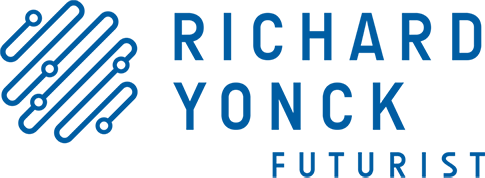Empowering the people
Change frightens us. The uncertainty of the new, the potential for disruption, it’s one of the reasons that our species seeks to anticipate the future – so we can avoid and hopefully survive the worst it has to throw at us.

But change also has a huge potential to improve our lives and empower us. The recent accomplishments of the RepRap project are a case in point. Headed by Dr. Adrian Bowyer of the University of Bath’s Center for Biomimetics, RepRap is short for replicating rapid prototyping machine. In use by industry for about a quarter century now, prototypers are essentially 3D inkjet printers capable of creating parts by laying down thin layers of resin following a computer-driven design. Almost any basic object can be created using this technique, from dinnerware to engine parts. What makes RepRap different is that it’s the first prototyper capable of copying itself. And it’s open source.
While there are still a handful of its own parts that RepRap can’t copy and all of it still has to be hand assembled, the potential for a self-replicating replicator is enormous. Distributed to people in the developing world, such a technology could quickly raise their standard of living, providing necessities many of the rest of us have long taken for granted. Of course, such a technology would be tremendously disruptive to industry, but that can hardly be justification for billions to continue living and dying in unnecessary poverty.
Like RepRap, many other new and developing technologies have the potential to heal, to enable, to lift up vast numbers of people. DEKA’s water purification system, the Kurzweil-National Federation of the Blind Reader, solar energy solutions and worldwide immunization programs are but a few of the recent implementations of technology that have the ability to change the lives of millions for the better.
A changing world can be a frightening place, but it can be a very hopeful place as well.
